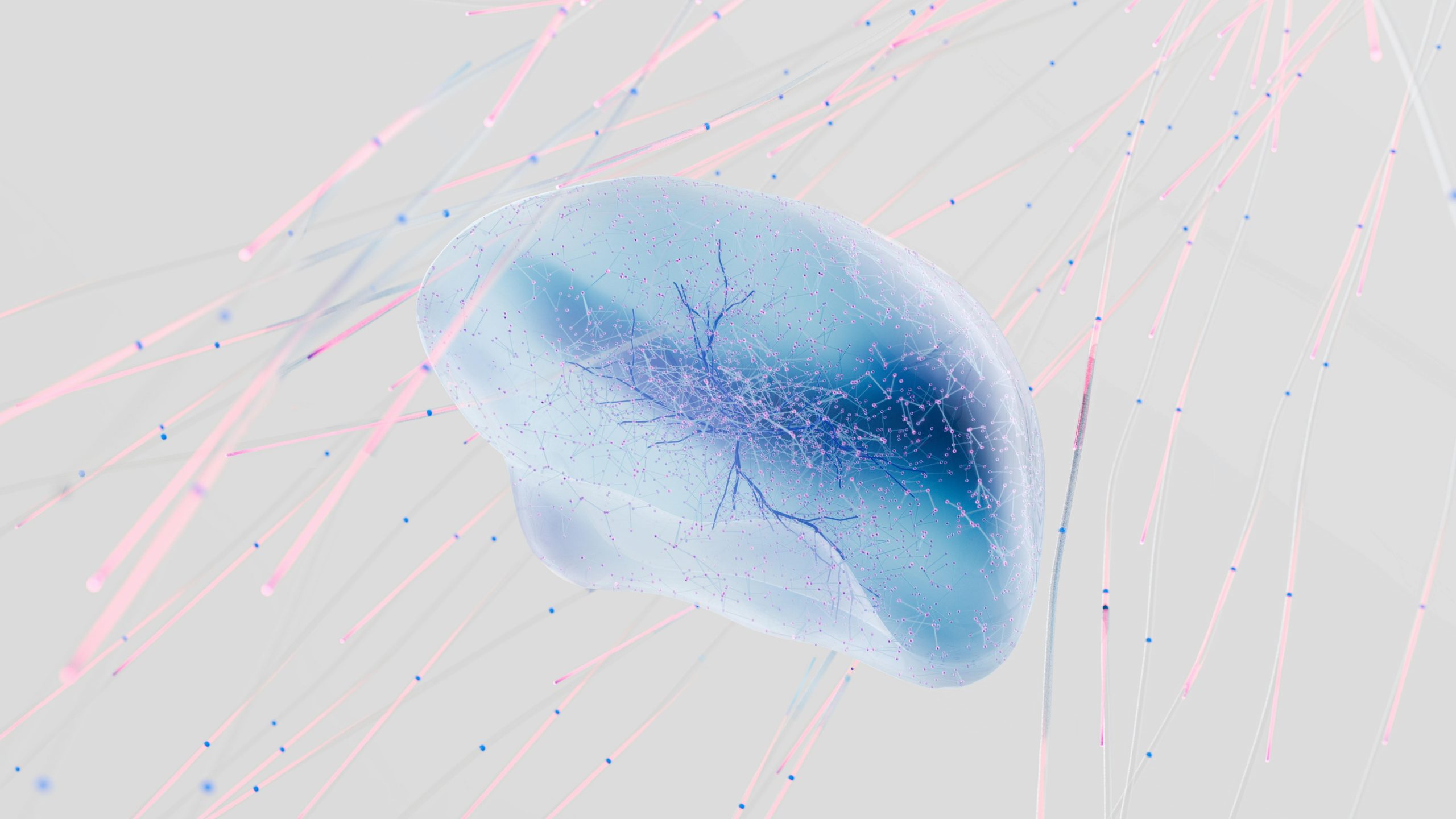
Epilepsy lay summaries
- BRAIN UK Ref: 25/019 – Multimodal approach to investigate pathomechanisms and biomarkers for early diagnosis of Rasmussen Encephalitis (RE)Rasmussen Encephalitis (RE) is a rare and devastating brain disease affecting children, leading to uncontrollable seizures, one-sided paralysis, and loss of speech or learning ability…Read more
- BRAIN UK Ref: 24/001 – The mosaic brain: A new diagnostic approach in focal epilepsiesEpilepsy, characterised by recurrent epileptic seizures, is the most common neurological disease affecting children, significantly reducing their quality of life. Nowadays, genetics is a key element of patients’ diagnosis and… Read more
- BRAIN UK Ref: 23/012 – Expression of THIKl in temporal cortex from normal donors and those with Temporal Lobe Epilepsy (TLE)We are applying for human tissue samples from BRAIN UK because we interested in studying the expression of a drug target called THIK-1 in the brains of donors who had temporal lobe epilepsy (TLE)… Read more
- BRAIN UK Ref: 21/006 – Epilepsy and the Ageing Brain: The histopathological links between hyper-excitability and neurodegenerationEpilepsy affects over 600,000 people in the UK, averaging at 1 in every 103 people. People who have long-standing epilepsy and those whose seizures are difficult to prevent with medication are vulnerable to developing difficulties… Read more
- BRAIN UK Ref: 19/011 – The purinergic P2X7 receptor as drug target for refractory status epilepticusSevere seizures, which last for more than 5 minutes, are known as status epilepticus. This is a medical emergency and the priority is stopping the seizure activity. Approximately 30% of patients, however, are resistant to drugs… Read more
- BRAIN UK Ref: 18/010 – Identification of Differentially Expressed Proteins and Genes Impacting Seizures and Risk of SUDEP in Dravet SyndromeDravet Syndrome is a severe form of epilepsy that is associated with an increased risk of sudden unexpected death in epilepsy (SUDEP). Although a gene mutation has been identified in 80% of patients, seizures generally remain… Read more
- BRAIN UK Ref: 18/002 – Understanding the neural substrates of visuospatial memory and how this is affected by epilepsy and Alzheimer’s disease“Pattern Separation” is your brain’s ability to differentiate similar but distinct objects or arrangements of objects (e.g. ‘where I put my keys today’ vs ‘where I put them yesterday’). It is dependent on a particular set of cells in the memory… Read more
- BRAIN UK Ref: 16/016 – Epilepsy: What is the significance of the density of ectopic neurons in the white matter of temporal, parietal and frontal lobe, and are they normal or pathological?Epilepsy is the fourth most common neurological disorder, and in the U.K. approximately 1 in 30 people develop it as some stage in their life. Drug resistant epilepsy can have serious implications on quality of life and… Read more
- BRAIN UK Ref: 16/009 – Evaluating mTOR pathway hyperactivity in intractable epilepsyEpilepsy is a common neurological condition where patients have recurrent seizures. A small number of patients can have many seizures in a day and may require brain surgery to control them… Read more
- BRAIN UK Ref: 12/010 – The brain in Sudden and Unexpected Death in Epilepsy (SUDEP): New insights from pathologyEpilepsy is the commonest serious neurological condition and SUDEP is the leading cause of premature death in people with epilepsy. The mechanisms are unknown and there are few neuropathology based studies… Read more
